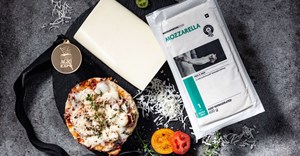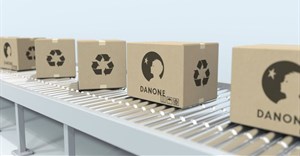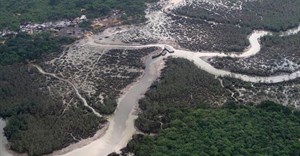
Subscribe & Follow
Draft melamine regulations published for comment
The Minister of Health, Barbara Hogan, published them in terms of the Foodstuffs, Cosmetics and Disinfectants Act of 1972.
According to a statement by the department, the publication of the regulations is in response to the food safety incident that occurred during the second half of 2008 in China and subsequent investigations into South African dairy-containing products.
Last year four children died and 53,000 took ill after consuming milk products laced with melamine.
Infants were affected by the consumption of dairy products manufactured from fresh milk intentionally contaminated with high levels of melamine as a masking agent for the addition of water to the milk.
Setting legal limits
Once finalised, the regulations will ensure that manufacturers and importers of foodstuffs in South Africa will have clarity on the legal limits set for the presence of melamine in their products, said the department.
It will also further strengthen the monitoring and control measures applied by the Environmental Health Practitioners employed by the provinces for imported foodstuffs, and by the metro and district municipalities for locally manufactured foodstuffs.
Legislated levels
The draft regulations stipulates that any foodstuff containing melamine at a level above 1mg/kg for foodstuffs intended for children under 36 months of age and foodstuffs for special dietary uses, and 2.5mg/kg for all other foodstuffs, are deemed to be contaminated, impure or adulterated.
Any melamine levels found in foodstuffs above these proposed legislated levels will constitute a criminal offence in terms of the Act if such foodstuffs are manufactured, sold or imported in South Africa.
The mentioned levels are also in line with those set by a number of countries in their legislation, including Australia, Canada and the European Union.
The World Health Organisation (WHO) has confirmed that the levels are adequate to ensure sufficient protection of the health of consumers.
SA contamination scare
As a result of the Chinese cases, a number of dairy-containing products originating from China were tested in South Africa. However, only the White Rabbit sweets tested slightly above acceptable levels for melamine.
Through the monitoring and control measures applied by health authorities locally during that time, it was, however, discovered in November 2008 that some of the locally manufactured foodstuffs intended for infants and young children contained melamine slightly above the internationally accepted cut off levels.
Recalls
In December last year, Nestle issued a statement saying that the department had asked the company to conduct a compliance trade withdrawal of a batch of Lactogen 1 as well as a batch of Nido 1 in which they had detected traces of melamine.
In a joint statement, the department and Nestle explained that the limited number of products that were found to contain traces of melamine has since been recalled.
Melamine was discovered in a number of samples of cattle feed which is predominantly used in winter. Consequently, Nestle took steps to ensure that the cattle feed used by its South African milk producers is melamine free.
Melamine is a contaminant which is widely present in the food and feed chain. This can contribute to the presence of low levels in food products which do not pose a health risk.
Submit comments
Interested parties are invited to submit comments or representations on the contents to the Director-General of the Department of Health, for attention: Directorate: Food Control by not later than 28 April 2009.
Article published courtesy of BuaNews
















